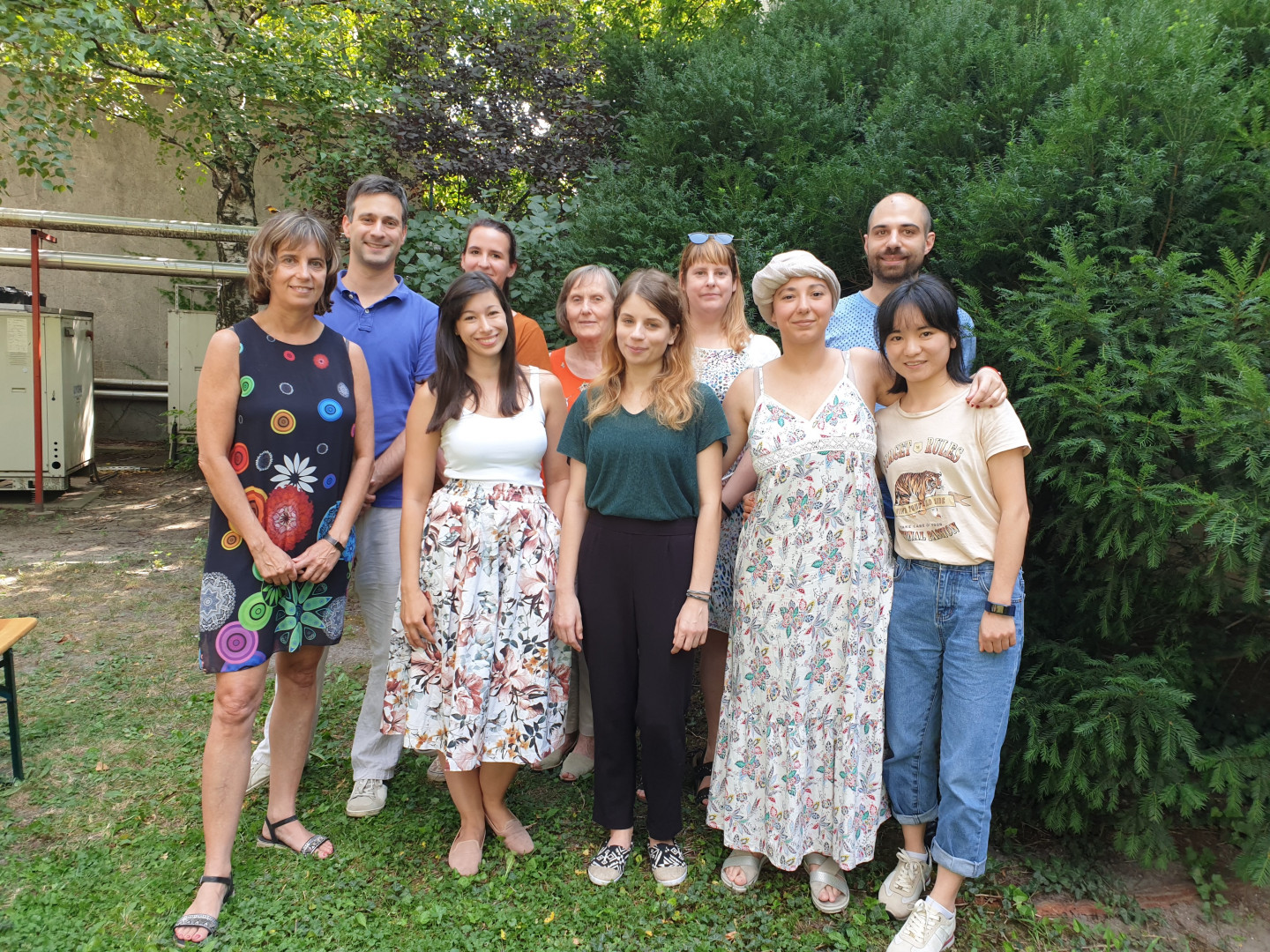Mission statement
ATP is one of the most versatile molecule in the living cells: it is well known as the universal “energy currency”, and as a building block of DNA, but it is also an important signalling substance of intercellular communication. This latter function of ATP is mediated by ionotropic P2X and metabotropic P2Y receptors. The general scientific mission of the Laboratory of Molecular Pharmacology is to understand the ATP mediated signalling in the normal and pathological nervous system; and thereby to identify new therapeutic targets for the treatment of CNS diseases. The group applies multidisciplinary approaches to study purinergic mechanisms, which include techniques to study the release and action of ATP, mapping and identification of pre- and postsynaptic as well as non-neuronal purinergic receptors under physiological conditions and in animal models of various neurological and psychiatric disorders.
There are two receptors in the focus of the current interest of the group:
1) P2X7 receptors, which are non-selective ligand-gated ion channels, belonging to ionotropic P2X receptors, but having distinguished features within this receptor family. The activation of P2X7 receptors releases neurotransmitters from nerve terminals and glia, but is also the part of the NLRP3-inflammasome signalling system, which is responsible for the conversion of innate immune response to inflammation. Because P2X7 receptors are activated only by high concentration of ATP they appear to be “silent” under physiological conditions; however, they are activated upon various pathophysiological scenarios, when cellular stress and damage provides an ATP-rich extracellular milieu. Our ongoing studies deal with the role of P2X7 receptors in schizophrenia, autism and other psychiatric disorders.
2) P2Y12 receptors, which are the only receptors within the P2 family that are the molecular target site of drugs used in the current clinical practice. P2Y12 receptor inhibitors are widely used antithrombotic drugs, which have been shown to reduce mortality in large-scale clinical studies. Our recent findings point to the role of platelet and microglial P2Y12 receptors in the regulation of neuroinflammation and pain.












